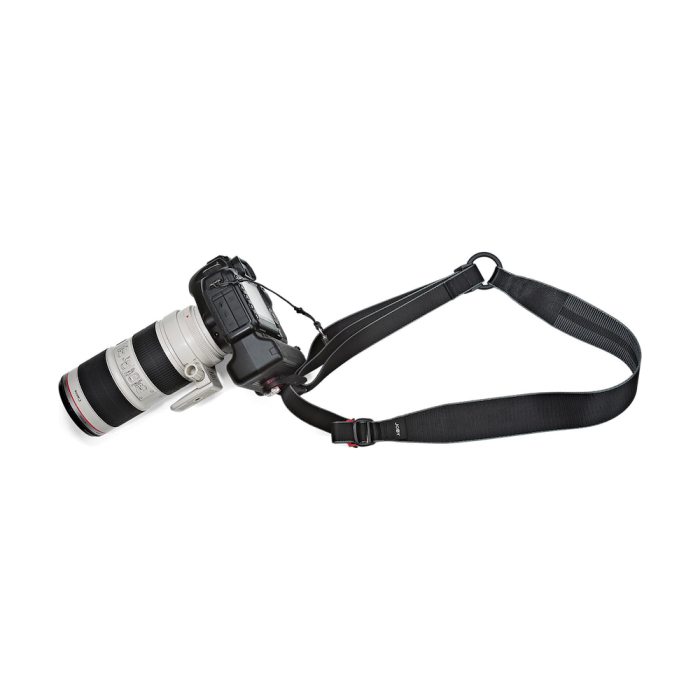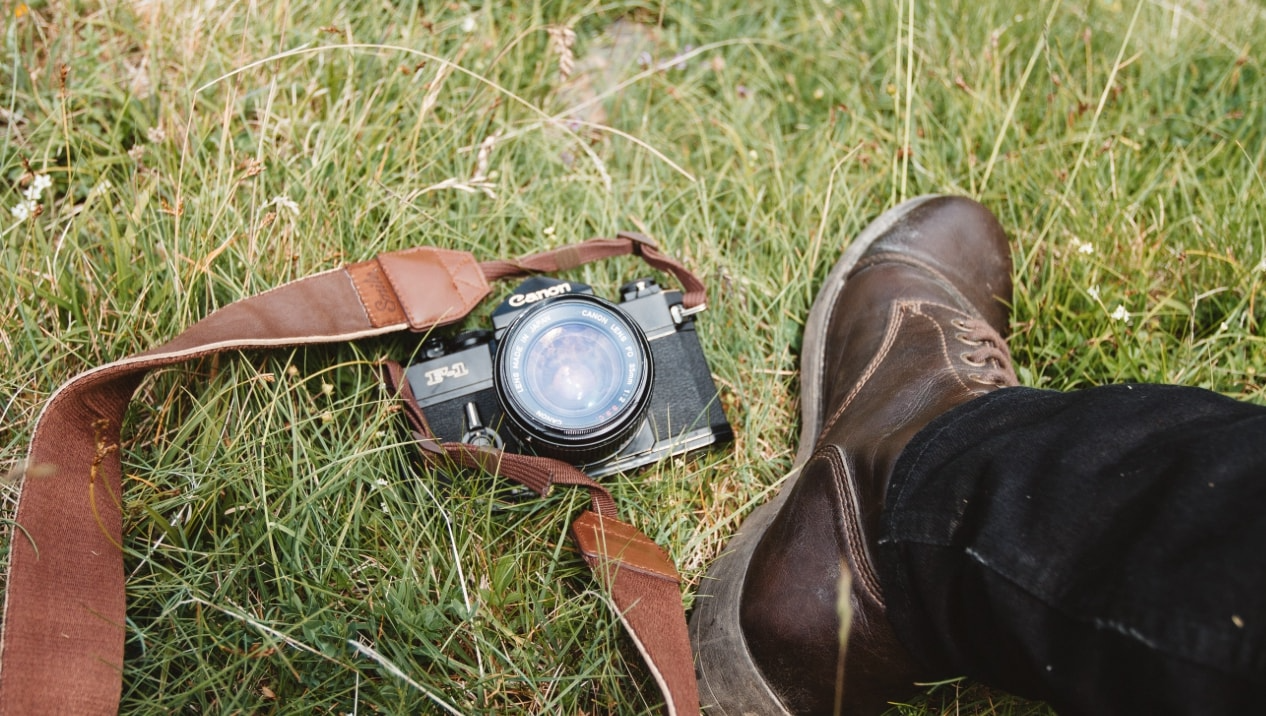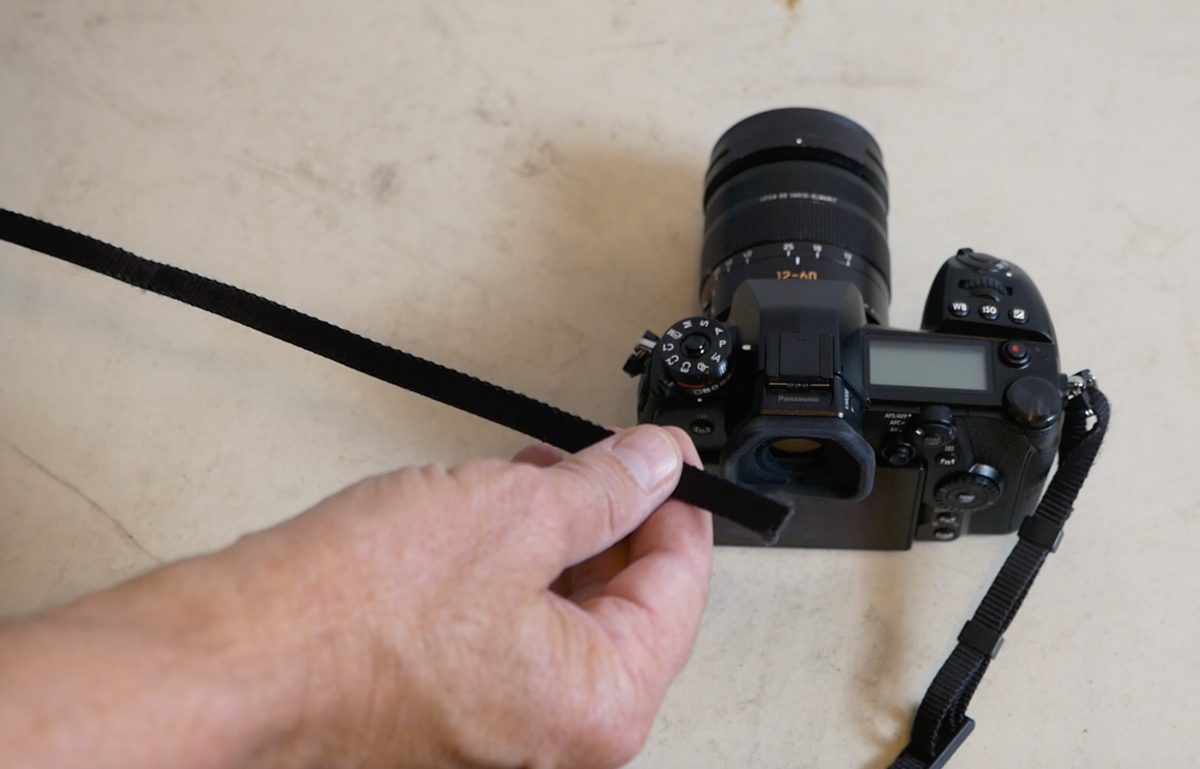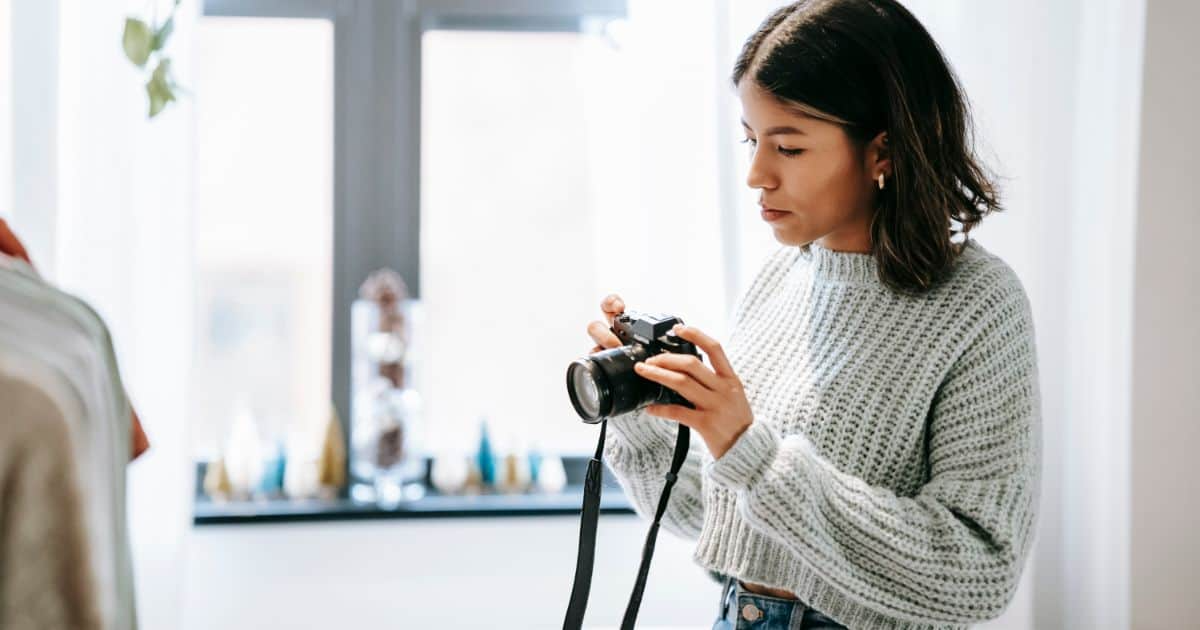Introduction to Attaching a Camera Strap
Attaching a camera strap is a fundamental but essential task for any photographer. Not only does a strap provide security for your camera, but it also offers comfort and quick access while shooting. There are various types of camera straps, including neck straps, shoulder slings, and wrist straps, each with their specific attachment methods. In this comprehensive guide, we’ll cover step-by-step instructions on how to secure these different straps to your camera.
Preparing Your Workspace and Materials
Before starting, prepare a clean, clutter-free workspace to ensure your camera’s safety. Gather your camera, the strap, and any tools that might be needed, such as a flathead screwdriver or a strap tool that may come with some camera straps. It’s also a good idea to have your camera’s manual on hand for any model-specific instructions.
Understanding the Anatomy of a Camera Strap
A typical camera strap consists of two main parts: the strap itself and the attachment mechanism. The strap is usually made of a durable material like nylon or leather, and the attachment mechanism can vary from simple loops to quick-release buckles. Familiarize yourself with these parts to ensure you attach the strap correctly.
Attaching a Standard Neck Strap
Most DSLRs and mirrorless cameras come with a pair of thin, flat attachment loops on either side of the camera body. Here’s how to attach a standard neck strap to them:
- Locate the Strap Attachment Loops: Find the small metal or plastic loops on the sides of your camera body.
- Thread the Strap Ends: Take one end of the strap and thread it through the loop from the outside in, leaving a few inches of the strap tail free.
- Securing the Strap: After threading the strap end, most straps will have you pass it through a slider and a keeper. Loop the end of the strap back on itself and thread it back through the keeper and then the slider to secure it in place.
- Repeat on the Other Side: Perform the same steps on the other side of the camera to attach the second end of the strap.
- Adjusting for Comfort: Adjust the length of the strap according to your preference for comfort and ease of access.
Working with Quick-Release Straps
Quick-release straps are popular due to their ease of use. They generally come with a base that stays attached to the camera and a release mechanism that allows you to remove the strap quickly.
- Attach the Base: Secure the base to your camera’s tripod mount or strap attachment loop using a coin or flathead screwdriver.
- Connecting the Strap: With the base attached, clip the strap onto the base’s quick-release mechanism.
- Safety Check: Test the connection by gently pulling on the strap to ensure it is secure.
Setting Up a Shoulder Sling Strap
Shoulder sling straps are attached at a single point, usually at the tripod mount, allowing the camera to slide up and down the strap freely.
- Attach the Tripod Plate: If your sling strap came with a tripod plate, screw it into the tripod mount at the bottom of the camera.
- Connect the Sling: Clip the sling strap onto the tripod plate’s loop or D-ring.
- Adjust the Sling Length: Modify the length of the sling strap for your height and comfort, allowing the camera to rest at your hip or waist when not in use.
Attaching a Wrist Strap
Wrist straps provide a compact and secure way to carry your camera. To attach a wrist strap, follow these steps:
- Locate the Attachment Point: Find the appropriate loop or ring on your camera body or grip for the wrist strap.
- Thread the Strap: Loop the strap through the attachment point. Some wrist straps come with a threading tool to assist with this step.
- Secure the Strap: Pull the tail end through the loop on the strap’s main body to tighten it around your wrist securely.
Camera Strap Safety Tips
After attaching your strap, it’s essential to keep safety in mind:
- Regularly Check for Wear and Tear: Inspect your strap and attachment points regularly for signs of wear, fraying, or damage.
- Test the Strap’s Security: Before heading out, give the strap a gentle tug to ensure it’s securely attached to the camera.
- Avoid Overloading the Strap: Be mindful of the weight limit for your strap, especially when attaching heavier lenses or accessories.
Maintaining Your Camera Strap
To extend the life of your camera strap, proper maintenance is crucial:
- Clean Regularly: Keep your strap clean by wiping it down with a damp cloth or following the manufacturer’s cleaning instructions.
- Store Properly: When not in use, coil your strap neatly to prevent tangles and kinks.
- Protect from the Elements: Protect your strap from prolonged exposure to harsh weather conditions, as this can cause deterioration over time.
Customizing Your Camera Strap for Style and Function
Crafting a Personal Statement with Your Camera Strap
Your camera strap presents an opportunity to express your individual style while shooting. Beyond the standard strap that comes with your camera, there is a world of options that cater to personal taste and functional needs. Customizing your camera strap can be a fun and practical way to infuse a bit of personality into your photography gear.
Selecting the Right Material for Comfort and Durability
When customizing your strap, the material is one of the first considerations. Different materials offer varying levels of comfort, durability, and style:
- Nylon Straps: Lightweight and durable, nylon straps are practical and often come in various colors and patterns.
- Leather Straps: For a classic and timeless look, leather straps age beautifully and can be more comfortable over time. They are often chosen for their aesthetic appeal and longevity.
- Neoprene Straps: If you’re carrying heavier gear or looking for extra comfort, neoprene straps provide cushioning and stretch, reducing neck strain.
- Cotton and Canvas Straps: These materials offer a vintage or artisanal vibe and can be more breathable, which is ideal for warmer climates.
Adding Pads and Cushions for Enhanced Comfort
If you plan to have your camera on you for extended periods, consider adding a padded section to your strap. Many third-party manufacturers offer slip-on pads that can be added to existing straps for extra shoulder comfort. Some custom strap makers also provide built-in padding options in their designs.
Choosing a Strap with Functional Features
Camera straps can come with various functional features that enhance their utility:
- Quick-Release Buckles: For those who need to switch between gear quickly or remove their cameras from the strap frequently, quick-release buckles are a game-changer.
- Pockets and Loops: Some straps have built-in pockets for storing lens caps, memory cards, or batteries, which can be incredibly convenient for the traveling photographer.
- Adjustability: A strap with easy-to-adjust length settings can adapt to different shooting styles and body types, making it versatile for different situations.
Exploring Colorful and Patterned Straps for a Unique Look
The visual design of your camera strap can set your gear apart. Many photographers opt for straps with bold colors, unique patterns, or artistic designs that reflect their personality. From vibrant hues to custom-printed motifs, there’s no shortage of styles to choose from.
Personalizing with Embroidery and Custom Tags
For a truly personalized touch, some strap manufacturers offer embroidery services. You can have your name, initials, or a special message embroidered onto your strap. Additionally, custom leather tags can be embossed with personal details and affixed to the strap for a subtle, branded look.
Creating a DIY Camera Strap
For the crafty photographer, making your own camera strap offers complete control over the design and materials used. DIY kits are available, or you can source your own materials like fabric, leather, and hardware to create a one-of-a-kind strap. This can be a rewarding project that results in a strap no one else has.
Caring for Your Custom Camera Strap
Maintaining your custom strap is important to ensure it stays looking great and functions well:
- Regular Cleaning: Follow the care instructions for your specific strap material. Leather may require conditioning, while fabrics might be machine washable.
- Storage: When not in use, hang your strap or lay it flat to prevent creases and wear.
- Inspection: Check for any signs of wear, especially around attachment points, and address any issues promptly to avoid potential equipment drops.
Safety Considerations in Customization
While customizing for style, don’t forget about safety:
- Strength of Materials: Ensure that the materials and construction of your custom strap can support the weight of your camera and lens.
- Secure Attachments: The method of attaching the strap to your camera should be reliable. If using third-party connectors or quick releases, test their hold thoroughly.
- Balance and Ergonomics: A stylish strap is only useful if it doesn’t impede your ability to shoot comfortably. Balance aesthetic choices with ergonomic considerations to prevent strain or injury.
Embracing a Strap That Reflects Your Shooting Philosophy
Your camera strap is more than a carrying device; it’s part of your photographic identity. It reflects your approach to the craft, whether that’s the rugged practicality of a photojournalist, the sleek minimalism of a street shooter, or the bohemian flair of a travel photographer. In choosing and customizing your camera strap, you’re equipping yourself not just with a tool, but with an emblem of your artistic vision.
Conclusion: Ensuring a Safe and Comfortable Photography Experience
Attaching a camera strap properly is vital for the safety of your camera and the comfort of your photography experience. Whether you’re using a classic neck strap, a convenient shoulder sling, or a secure wrist strap, taking the time to attach and adjust your strap correctly will give you peace of mind as you capture the world through your lens. With your camera now securely attached, you can focus on the art of photography, knowing your gear is safe and sound.





